Fujifilm XF 50mm f1.0 R WR Lens Review:
If you love bokeh and ultra shallow depth of field photos, there are quite a few good lenses to choose from, if you’re a Fujifilm X Series user. There are third party lenses as well as Fuji native lenses. Speaking of, there’s a new one that’s been added to the Fujifilm catalogue: the XF 50mm f1.0 R WR lens. It’s definitely one of Fujifilm’s flagship lenses, and it’s also the world’s first autofocus f1.0 lens made for mirrorless whether cropped sensor or full frame. I had one on loan to test, and this is what I thought of it.
Fujifilm XF 50mm f1.0 R WR Lens Build Quality:
In terms of build, the XF 50mm f1.0 R WR lens is one of the best lenses currently from Fujifilm. The XF 50mm f1.0 is a very solid feeling lens thanks in part to its metal barrel design. The aperture ring clicks solidly in third stops, and for those days that you want to manually focus, the focus ring is very smooth. The XF 50mm f1.0 is also a WR lens, which means it’s dust and weather sealed. In fact, like all weather-resistant XF lenses, the XF 50mm f1.0 is sealed in 11 areas against dust and moisture. The XF 50mm f1.0 is also capable of being used in temperatures as low as 14ºF (-10ºC). This lens isn’t cheap; the list is currently $1,499 but at least in terms of build, it is certainly well worth every penny in my opinion.
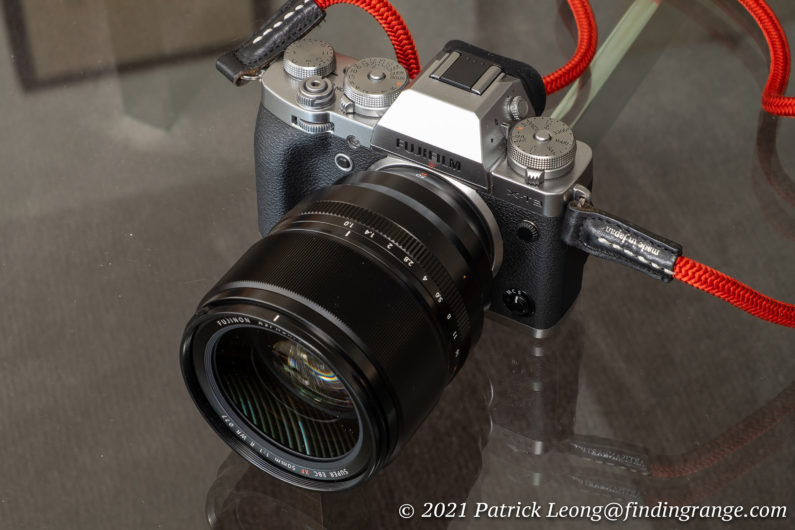
↑ Here’s the Fujifilm X-T3 with the XF 50mm f1.0 mounted to it.
As for ergonomics, the XF 50mm f1.0 R WR lens isn’t exactly compact and light. No one would expect it though given the maximum aperture, focal length, and autofocus. It weighs 1.86 lb/845 g, which isn’t exactly light for an APS-C 76mm equivalent lens, and measures 3.43 x 4.07″ / 87 x 103.5 mm. It also has a 77mm filter thread, which is definitely on the larger size for APS-C mirrorless lenses. The XF 50mm f1 will work on all Fujifilm X Series bodies but in my opinion, this lens is better balanced on the X-T pro bodies.
So, this isn’t the easiest lens to carry around all day. I was using it on my X-T3, and the combo is pretty front heavy. If you’re like me, and you hold your camera the entire time while you’re out there shooting all day, you’ll feel a little wrist fatigue. I think it would be better if my X-T3 was bigger to help kind of balance it out a bit but the way that it is now, let’s just say you’ll definitely notice it, and you won’t be the only one haha. As you can see, the lens isn’t very discreet either. It’s basically a huge lens in front of your small camera body. I would take it out of my camera bag to shoot, and I’d see people looking at it from across the street.
But one has to remember that the XF 50mm f1.0 R WR lens is also a “bragging rights” lens; it’s designed to be one of Fujifilm’s crown jewels. All manufacturers have “statement” lenses, and for Fujifilm, this is one of them. I imagine a lot of technical know-how went into designing the XF 50mm f1.0, and that also means it has to be as good as it can be regardless of size and weight. Like many top end lenses, size and weight usually take a back seat over good optics.
The XF 50mm f1 is also a specialty lens, which is another reason why I feel it can get away with being larger and more heavy. It’s meant to be used for a specific purpose, and that’s mainly getting that ultra smooth bokeh although it is great at all apertures as well. If I wanted something that was more of a general purpose lens, I would probably get the XF 50mm f2 instead. It has faster autofocus, and it’s a lot more compact.
So, the overall build of the XF 50mm f1.0 R WR lens is excellent, and in addition to that, it also comes with a lens hood. It does make the lens even larger, and I’m happy to say that at least from my experience, it wasn’t needed much. I didn’t have any issues with flare under normal shooting conditions meaning not purposely trying to make the lens flare just to prove it can.
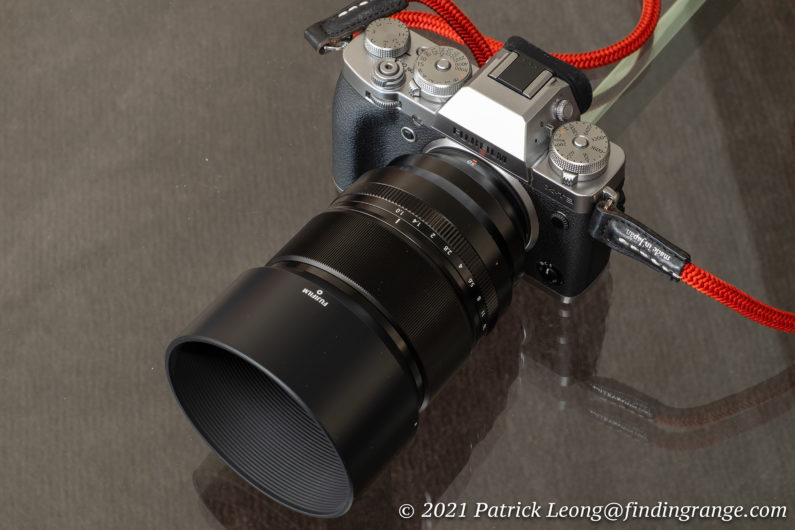
↑ The XF 50mm f1.0 does come with a lens hood.
Fujifilm XF 50mm f1.0 R WR Lens Autofocus:
Let’s take a look at the autofocus system now. As I said earlier, this is the world’s first autofocus f1.0 lens made for mirrorless, which is actually really cool. The XF 50mm f1.0 uses an autofocus DC motor, and it can operate down to a -7EV luminance level.
Overall, the autofocus works decently but it’s not what I would grab necessarily for say sports, for example. It works good with slower moving subjects. For instance, if you’re at a shoot with a model, it has no problems keeping up as the person is changing poses. Just don’t expect the autofocus to be as fast as some of the other Fujifilm lenses. If you’re photographing someone biking, for example, and he’s coming towards you at a rapid pace, expect some out of focus shots. I imagine the elements in this lens are heavy, and it’s just not easy moving them around. That is also maybe why the autofocus is a little noisier than I expected. However, it’s not loud; it’s just not as silent as some of Fujifilm’s other offerings.
While the XF 50mm f1.0 R WR lens does not have the quickest autofocus out there, it’s still good, and more importantly, it’s just great to have autofocus in general in a lens like this one. Even if it were to have very slow autofocus capabilities, which it does not, it’s still better than having just manual focus, in my opinion. Manually focusing at f1 with a 76mm equivalent lens is not easy. Often times, when you’re manually focusing a lens like this at f1, the time it takes you to do it, especially in close up portraits, might even make you move a bit, which will result in an out of focus picture. The autofocus is not only a fantastic feature to have here, it’s pretty quick, and it’s very accurate. It really will nail down those shots at f1, which is very impressive. I give Fujifilm a lot of credit here.
Fujifilm XF 50mm f1.0 R WR Lens Image Quality:
Now, let’s talk about the image quality. Overall, I found the image quality that came out of the XF 50mm f1.0 R WR lens to be quite impressive. Besides this lens producing some amazing bokeh, as one would expect, it has many other features that make this lens very well-rounded.
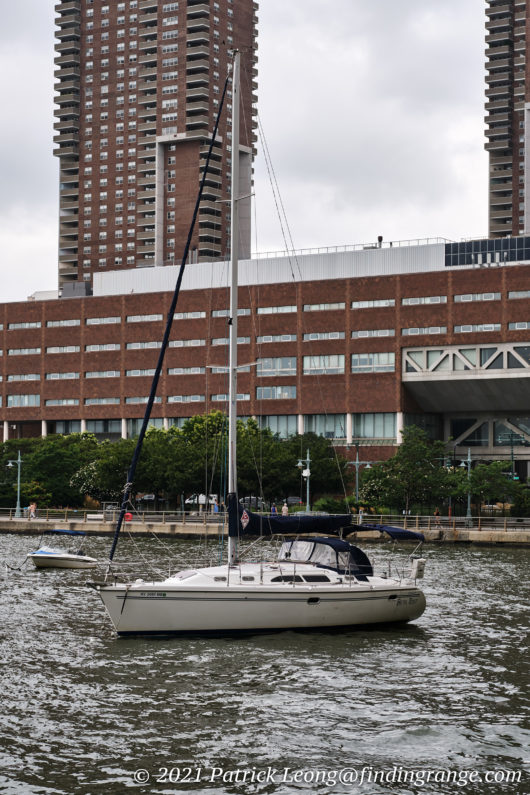
↑ Here’s a photo taken with 160 ISO and f5.6.
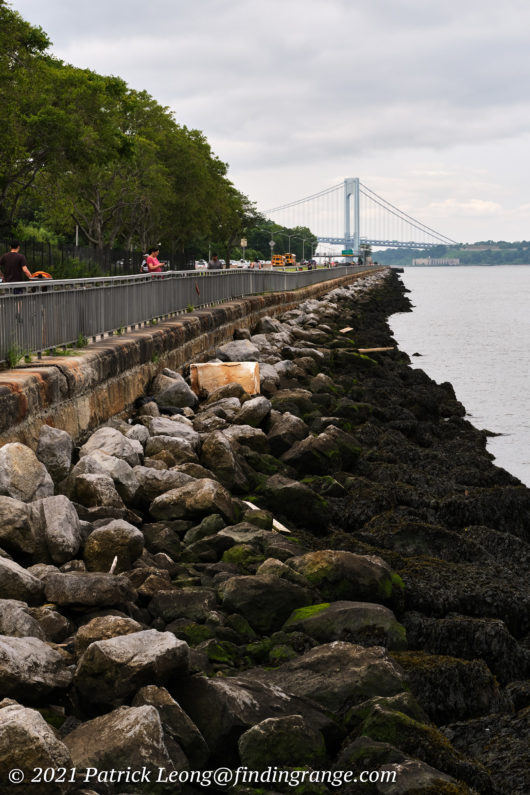
↑ Here’s a photo taken at f11 using 500 ISO.

↑ This last shot was taken using f8 and 160 ISO.
Sharpness, for instance, is excellent overall. At f1, you’ll get very sharp images in the center with slight detail lost in the edges. But edges actually do hold up quite well at f1, at least with my copy of the lens. I think sharpness at f1 is also dependent on just how still you are when you’re shooting because of how shallow the depth of field is at f1. Any slight movement even as one is framing a shot can result in a photo that may not be quite as crisp as one would expect. Overall, I took many photos at f1, and I was very happy with the results.
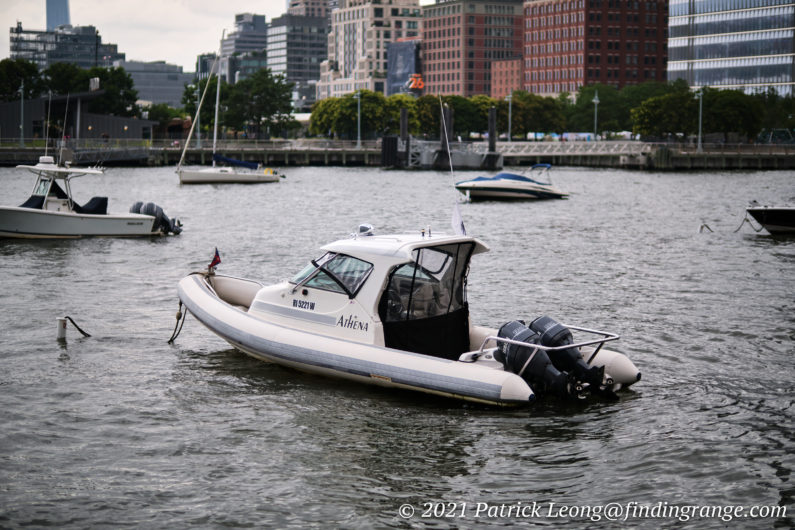
↑ This was taken using f1 and 160 ISO.
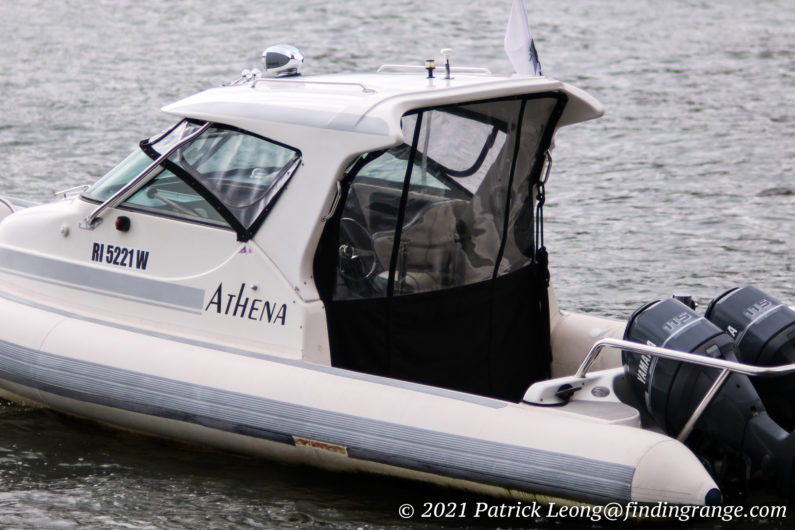
↑ Here’s a 100% crop of the photo above.
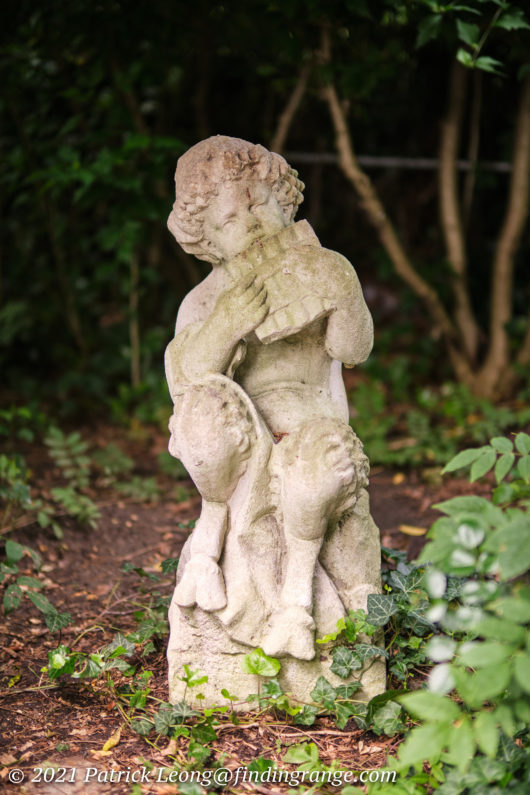
↑ Here’s a photo taken at f1 using 160 ISO.
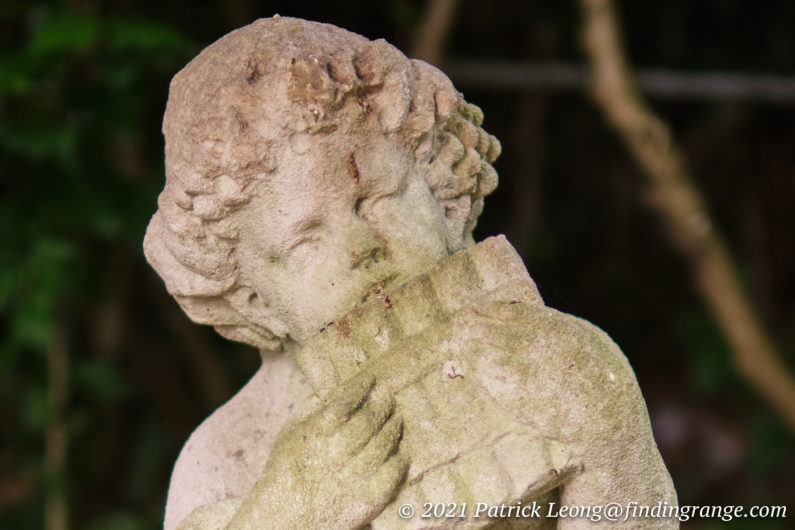
↑ Here’s a 100% crop of the photo above.
As you stop down, of course, the overall frame sharpens up. Stopping down by just one stop will help you get a sharper image with f4 to 5.6 being the area you want to be in, if you want the entire frame to be essentially sharp. I would say f5.6 to f8 is probably also the range that you would want to be around, if you’re looking for the best image quality. However, I think lens performance is excellent overall; this is something that you can use throughout its aperture range and get superb results. So, while this is technically a specialty lens, if you’re willing to carry the bulk and heft, this can be used as a general purpose lens as well just like the XF 50mm f2. In fact, I actually found this lens to be especially excellent at smaller aperture settings too.
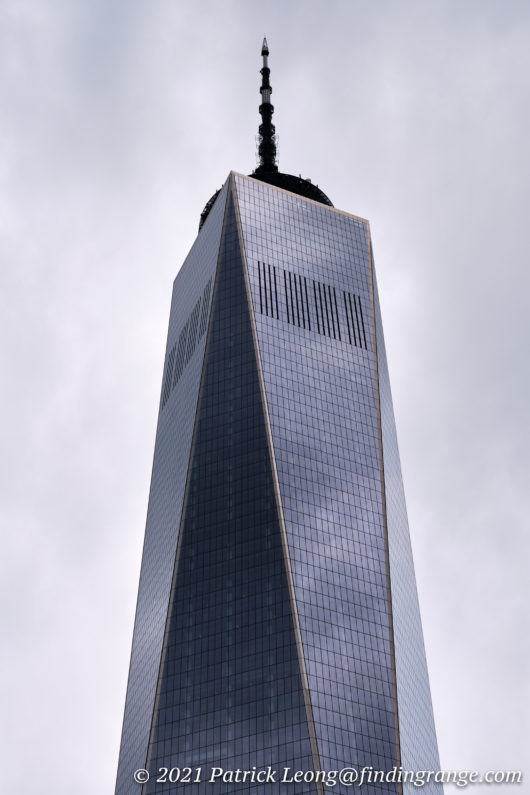
↑ Here’s a photo of the WTC taken using f8 and 160 ISO.
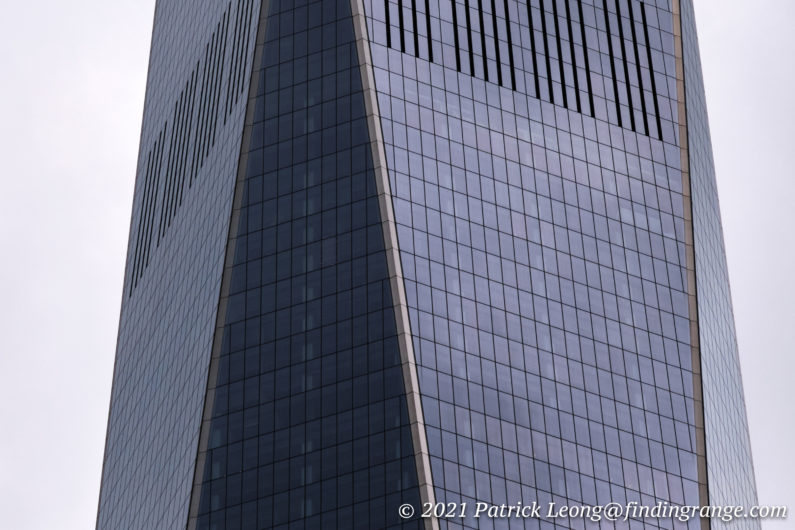
↑ Here’s a 100% crop of the photo above.
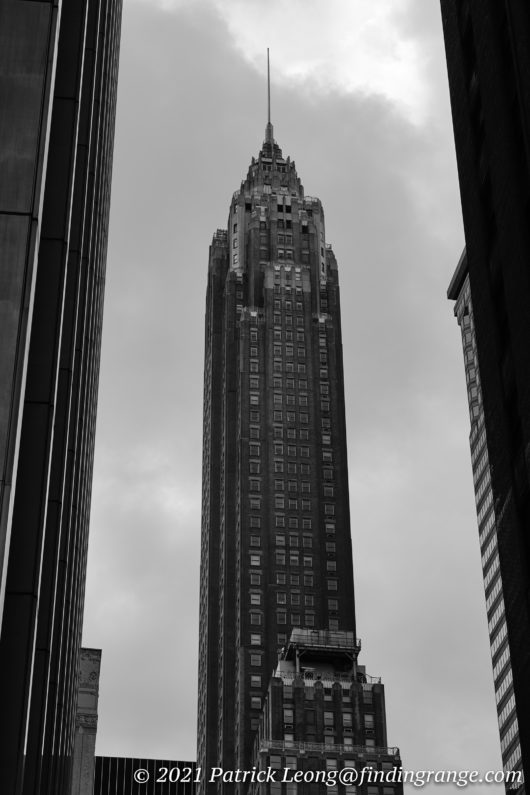
↑ Here’s another photo taken at f8 and 160 ISO.
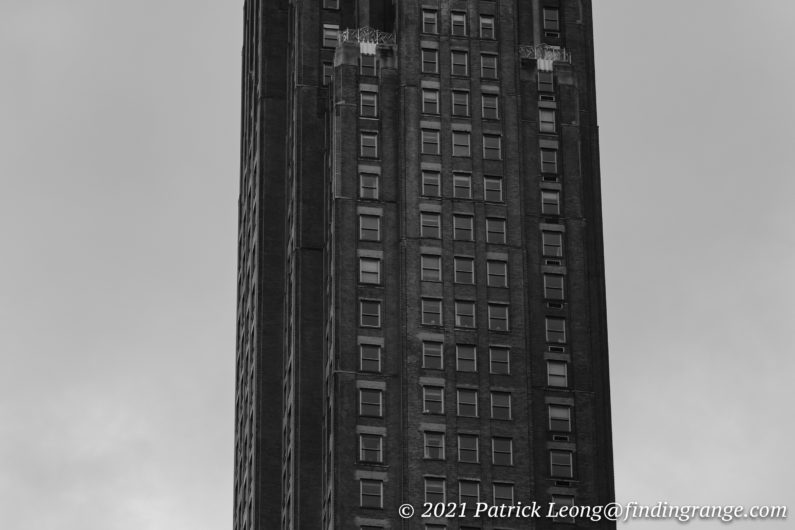
↑ Here’s a 100% crop of the photo above.
Other features of this lens include great color rendering and contrast. There is slight vignetting at f1, which is to be expected. It is greatly reduced by stopping down to just f2. It’s also worth noting that thanks in part to its Super EBC coating, I didn’t really experience any flare from the XF 50mm f1.0 R WR lens. In other words, it did a fantastic job controlling any flare. Overall, I really did find the image quality to be quite impressive.

↑ This was taken with f1 using 160 ISO.
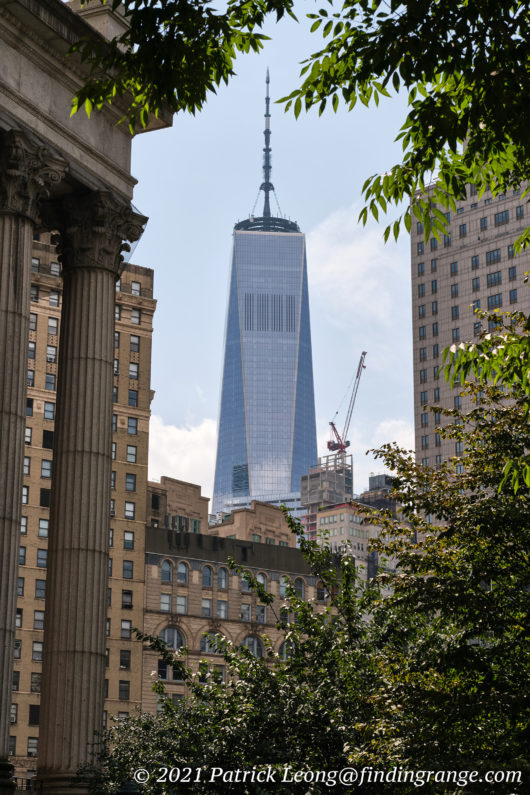
↑ This was taken using f11 and 160 ISO.
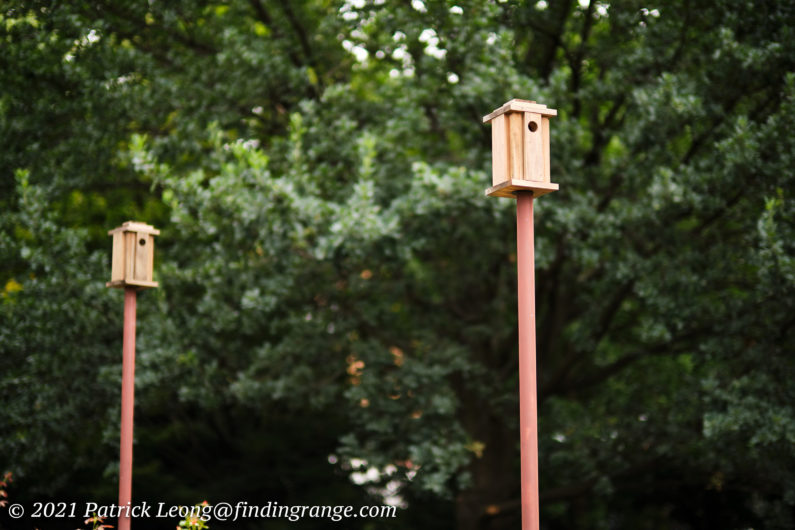
↑ Here’s one more taken with 160 ISO and f1. This was taken from a distance this time around to show you how f1 looks further away.
Fujifilm XF 50mm f1.0 R WR Lens Bokeh:
Let’s discuss the shallow depth of field and bokeh now, which I’m sure most are buying this lens for in the first place :). With it’s rounded nine-blade diaphragm, and f1 maximum aperture, the depth of field is ultra shallow, and the bokeh is just spectacular. It really is quite stunning. It’s buttery smooth and inviting. I particularly love how this lens transitions from the sharpness of the subject to the beautifully smooth background. The XF 50mm f1.0 can make a mundane picture look like a piece of artwork ;). I feel Fujifilm really outdid themselves here.
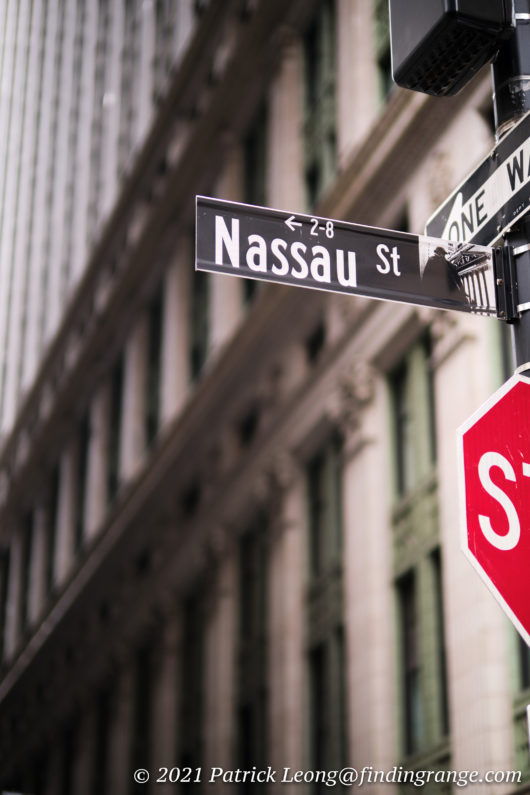
↑ Here’s a photo taken at f1 and 160 ISO.

↑ Here’s another photo taken wide open with 160 ISO.
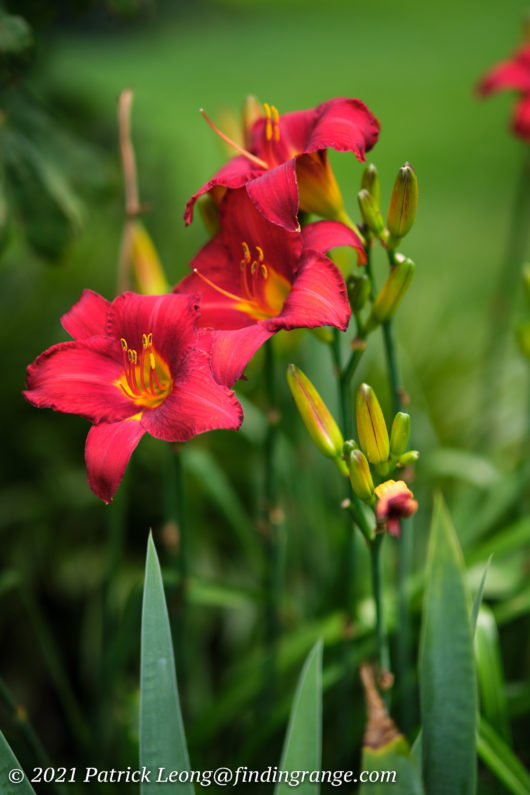
↑ Here’s a photo taken at f1 using 160 ISO.
I’m not the type to analyze every bokeh ball ;). To me, it just doesn’t really matter much to do that because I care about how my overall image looks like, especially for my work. From what I see, the XF 50mm f1.0 R WR lens produces some of the best bokeh in the Fujifilm catalogue. I didn’t see anything really harsh or anything that would distract. While I’m a firm believer that one should not shoot everything at wide open aperture but pick the right aperture for the job, I have to admit that all I wanted to do was shoot this lens at f1. It’s quite addicting, especially since the XF 50mm f1.0 has autofocus. In this regard, it reminds me of my XF 56mm f1.2 R APD lens (traded in a while back) in many ways.

↑ This was taken with f1 and 160 ISO.
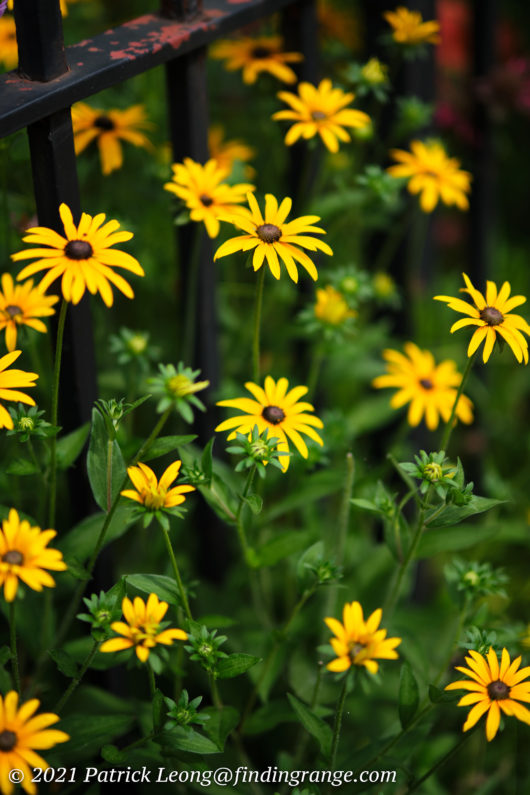
↑ Here’s another example taken at f1 and 160 ISO.
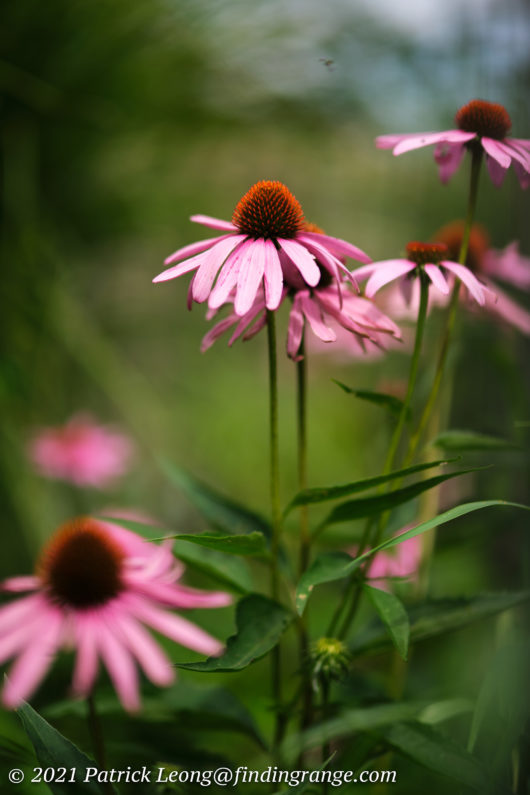
↑ This was taken using f1 and 160 ISO.
Pros And Cons:
Pros:
- Solid and well-built lens.
- Weather and dust sealed.
- A 50mm f1 lens with autofocus.
- Exceptional image quality.
- Fantastic bokeh.
- A true statement lens from Fujifilm.
Cons:
- Big and heavy, especially for a Fujifilm X Series camera body.
- Autofocus makes a little more noise than expected.
- Definitely not a cheap lens although I do think it is worth it.
- I think it’s a little too similar to the two XF 56mm f1.2 lenses, which also might be better choices for some.
Fujifilm XF 50mm f1.0 R WR Lens Verdict:
Overall, the XF 50mm f1.0 R WR lens is an impressive lens that offers quite a lot to Fujifilm X Series users. The build is excellent for one. It’s also great to have autofocus in a lens that can produce such a shallow depth of field. It can be a real lifesaver. Image quality is also fantastic as one would expect from Fujifilm by now. Lastly, the bokeh is just plain out amazing.
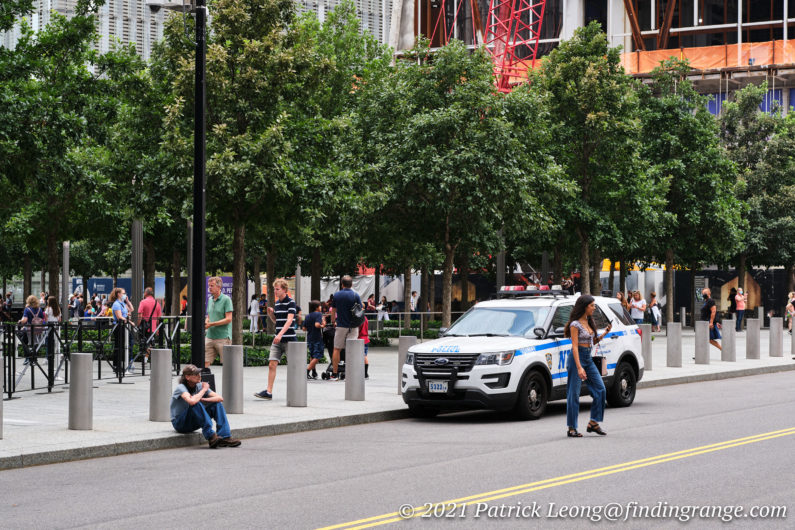
↑ Here’s a photo I took around the Oculus area using f5.6 and 320 ISO.
The price tag of this lens is currently $1,499, and while that’s expensive, I feel it’s worth every penny. I think Fujifilm really put quite a lot into designing this lens, and it definitely shows. They set out to design a flagship lens, and I think they succeeded here. This, in my opinion, is one of their best lenses currently out.

↑ This was taken with 500 ISO using f5.6.
However, even though I think it’s worth the money, and it’s really a superb lens, I can’t help but wonder if it would be better for some to just purchase one of the XF 56mm f1.2 lenses instead. The 56mm is an 84mm equivalent, which is not only closer to the traditional 85mm focal length that full frame shooters like to use for portraits but because of the longer focal length, it’s arguably more flattering to the subject in portraiture. Also, while I have not done a direct comparison, I did own the XF 56mm f1.2 R APD lens for quite a few years, and shot with it quite a bit. I also reviewed the regular version of the XF 56mm f1.2. I feel the photographic results of the 50mm f1 and the two 56mm f1.2 lenses are quite similar in many ways. So, when I was shooting with the XF 50mm f1.0, I did wonder to myself, why I would want to carry the extra weight and bulk. There definitely is a huge difference in size between the XF 56mm lenses, and the XF 50mm f1.
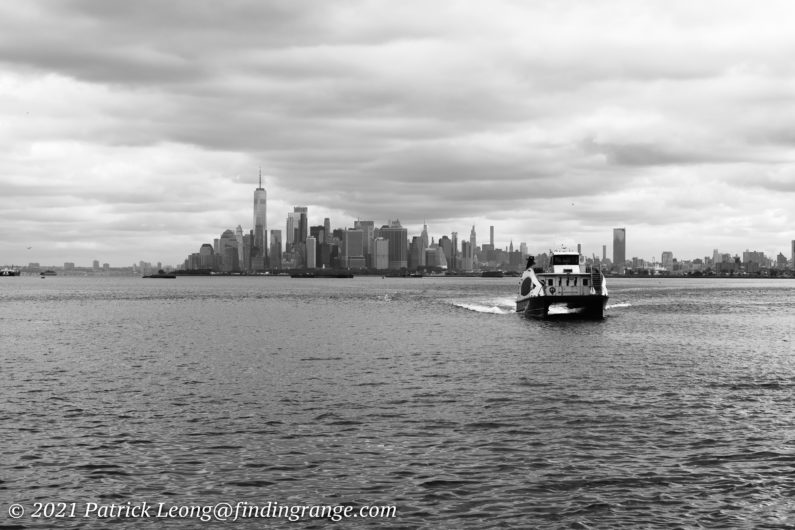
↑ Here’s another photo taken at f11 using 200 ISO.
Furthermore, you might even save some money going for the XF 56mm f1.2. If you go for the regular XF 56mm f1.2 R lens, it’ll cost you just $999 saving you $500. If you go for the XF 56mm f1.2 R APD lens, it’ll cost you $1,499, which is the same price but there’s the cool APD filter. Yes, the two 56mm f1.2 lenses aren’t weather sealed but honestly, that has never been a deal breaker for me. If it really is raining that badly, chances are your front element will be soaked too, preventing you from shooting anyway ;).
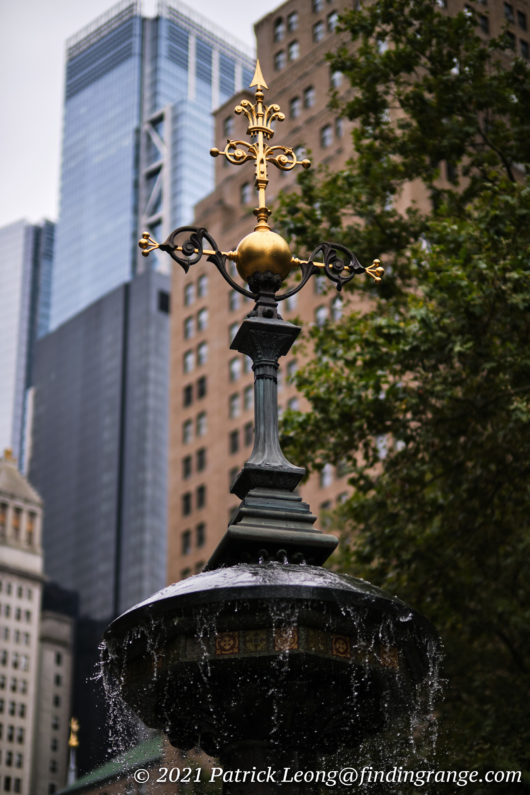
↑ This last photo was taken with f1 and 160 ISO.
But there is no doubt that the XF 50mm f1 is still truly an impressive feat of engineering. If this is the lens that you have your heart set on, especially for that f1 aperture or you’re just looking for a flagship lens for your Fujifilm camera, I truly feel that this is as good as it gets in the Fujifilm line. I did truly enjoy using it, and it definitely impressed the heck out of me.
Thanks for taking the time to read my review! If you’re considering purchasing the Fuji XF 50mm f1.0, and my review helped you decide, please help support this site by purchasing from the links below or any mentioned in this review. It will not cost you anything extra. Thank you for your support!

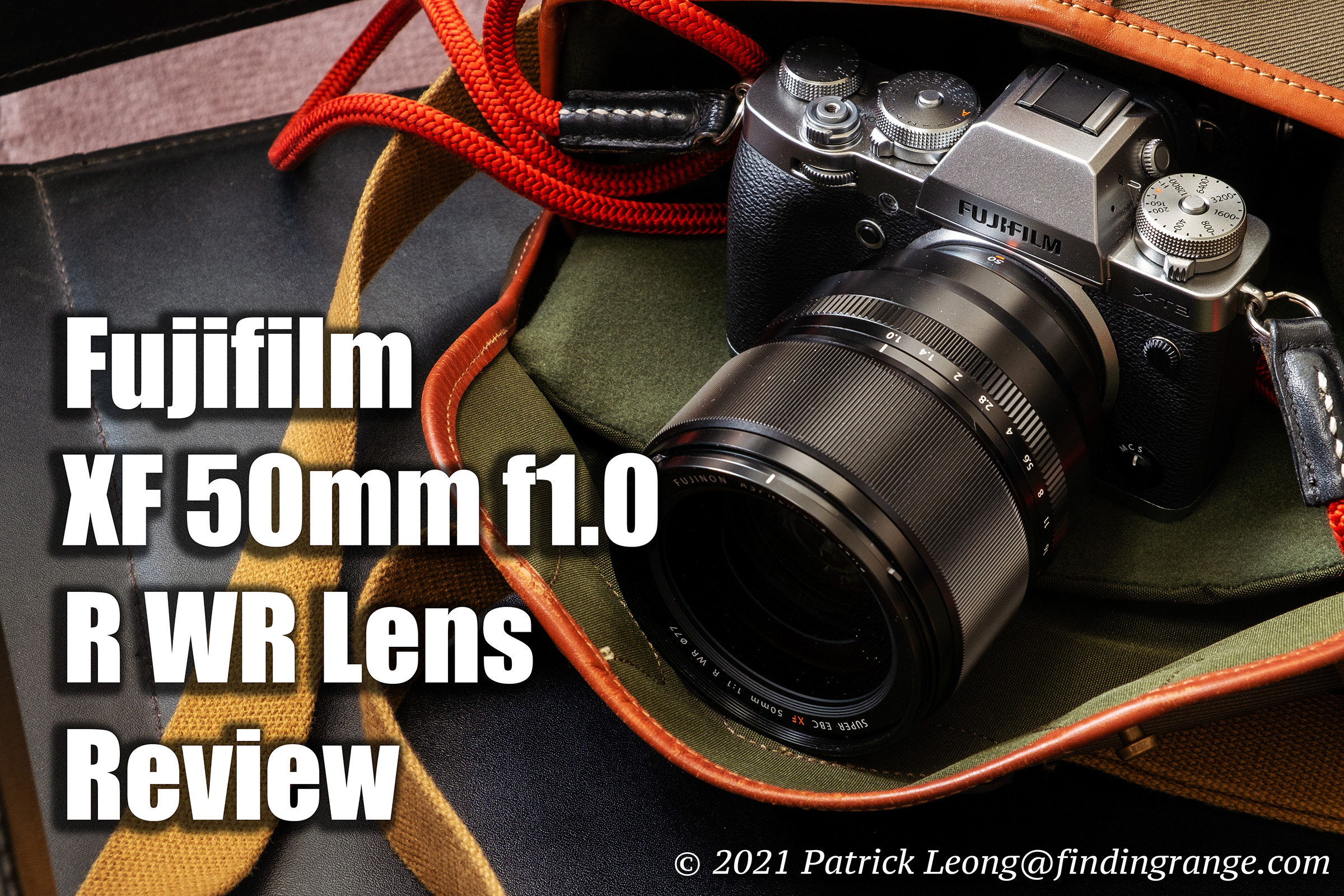
An excellent review of this lens. Wonderful images. I agree that this is a statement lens but I would go with the more compact 56/1.2 APD if I was purchasing one of the 3 options. I think the APD would have smoother bokeh than the 50/1 and I do not need the faster glass due to the higher ISO capabilities of cameras than in the film days.
Hi Brian!
Great to hear from you, and thanks!
I actually agree with you. I love this new 50mm…I really do. I think it really is one of Fujifilm’s best yet but I think in the end, I would probably go for the APD. I feel they are very similar, and if that’s the case, I might as well go for something a bit smaller and lighter. I had the APD actually, and loved it but I just never really used it much. I ended up getting a good price trade-in wise, so I sold it. You’re also right about the high ISO capabilities :).
Best,
Patrick